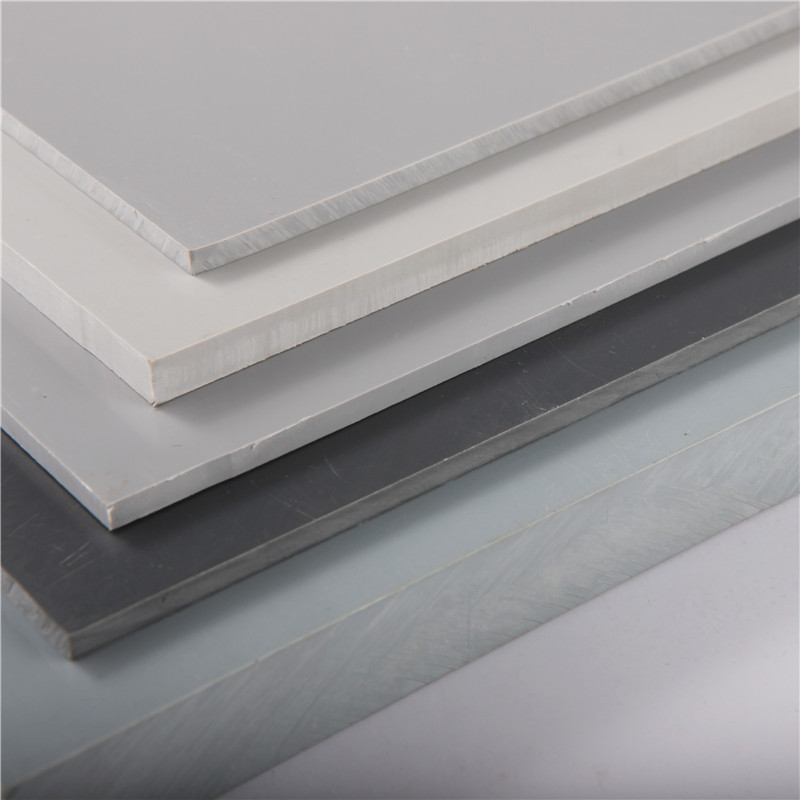sep . 17, 2024 13:39 Back to list
High-Quality Drain Pipe Fittings - Durable and Reliable Solutions
Understanding Drain Pipe Fittings
Drain pipe fittings play a crucial role in the plumbing systems of residential and commercial buildings. These fittings are essential components that facilitate the proper flow of waste and stormwater, ensuring that leaks and blockages are minimized. Understanding the various types of drain pipe fittings and their applications can aid in maintaining an efficient drainage system.
Types of Drain Pipe Fittings
There are several common types of drain pipe fittings, each serving specific functions. The most fundamental fittings include elbows, tees, couplings, and traps.
1. Elbows These fittings are used to change the direction of the piping. Commonly found in 90-degree or 45-degree angles, they allow for flexible routing of drainage pipes, which is particularly useful in tight spaces.
2. Tees Shaped like the letter T, these fittings enable the connection of three pipes, allowing the flow to split into two directions. Tees are often used in drainage systems to allow branches of pipes to connect to a main line.
3. Couplings Couplings are used to connect two straight pieces of pipe. They ensure a tight seal to prevent leaks and are essential when extending piping systems.
drain pipe fittings

4. Traps A trap is a fitting that holds a small amount of water, creating a barrier that prevents sewer gases from escaping into living spaces. It is a vital component in sinks, toilets, and other fixtures where drainage occurs.
Material Considerations
Drain pipe fittings are made from various materials, including PVC, ABS, and metal options like cast iron and copper. Each material has its advantages; for example, PVC is lightweight, resistant to corrosion, and easy to install, making it a popular choice for residential drainage. In contrast, metal fittings may offer enhanced durability and resistance to high temperatures but can be prone to corrosion over time.
Installation and Maintenance
Proper installation of drain pipe fittings is essential to ensure a functioning drainage system. Fittings should be aligned correctly and secured with appropriate adhesives or connectors. Regular maintenance is also crucial; inspecting fittings for leaks, clogs, or wear can help prevent more significant plumbing issues down the line.
In conclusion, understanding drain pipe fittings is essential for homeowners and contractors alike. By selecting the right fittings and ensuring their proper installation and maintenance, one can significantly enhance the efficiency and longevity of any drainage system. Whether you're embarking on a new construction project or dealing with a plumbing renovation, knowledgeable decisions regarding drain fittings can save time, money, and frustration in the long run.
-
High Transparency PVC Clear Sheet Super Transparency PVC Sheets & HDPE Cutting Board Supplier
NewsJul.04,2025
-
High-Quality PVC-M Pipe Supplier Trusted PVC Pipe Company & 75mm PVC Connection Pipe Solutions
NewsJul.04,2025
-
PVC Transparent Sheet Roll - Durable & Flexible PVC Plastic Sheet Roll for Industrial & Home Use
NewsJun.24,2025
-
High-Quality PVC PPR Pipes and Fittings Durable ERA PPR Solutions
NewsJun.10,2025
-
High-Quality Large HDPE Sheets & Large Diameter PVC Pipe Durable Large PVC Pipe Supplier
NewsJun.10,2025
-
High Density Polyethylene Cutting Board - Durable & Food Safe
NewsJun.09,2025

